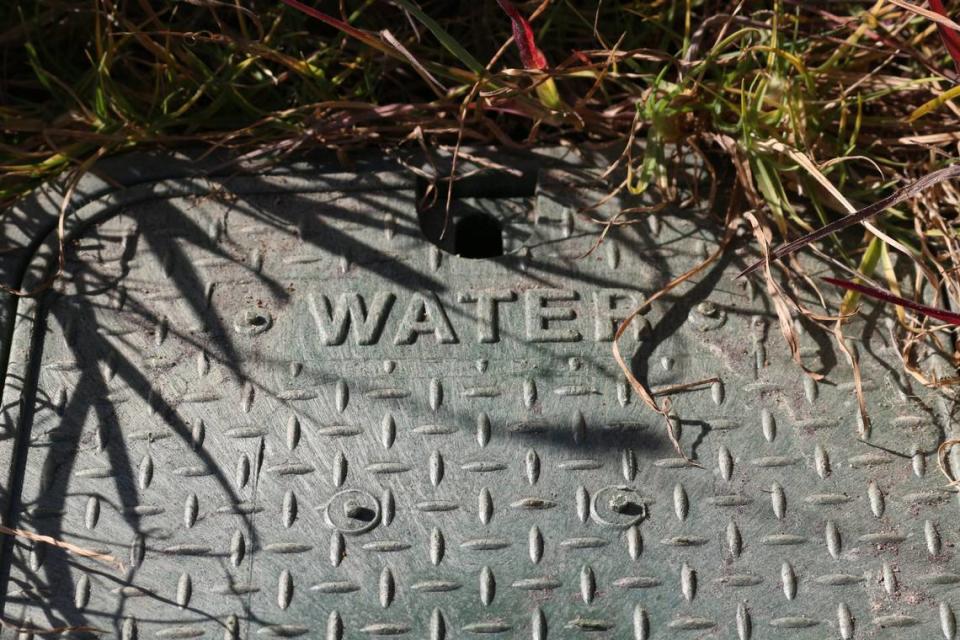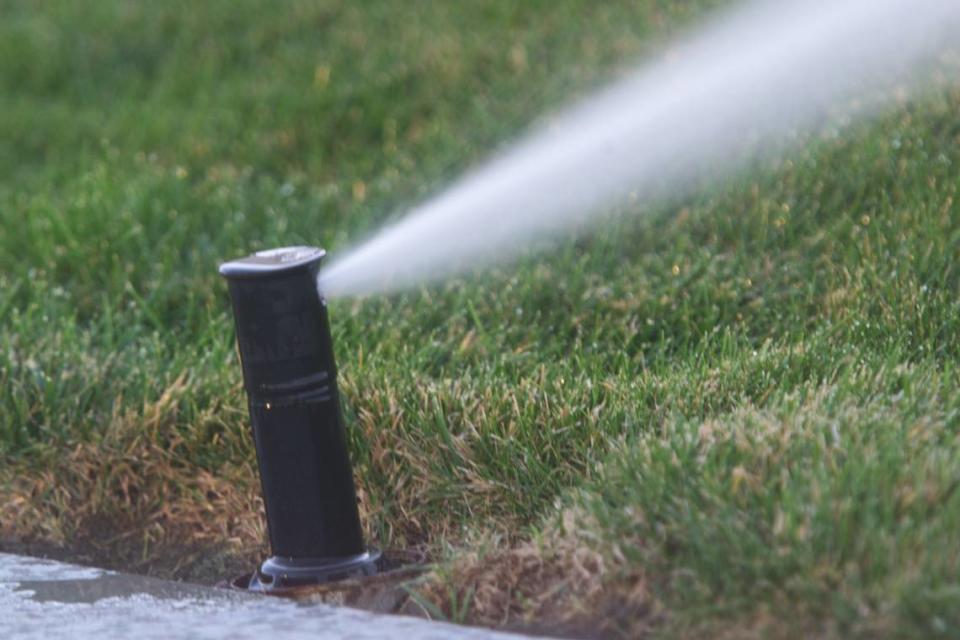More water cuts could be coming to SLO County. Here’s how much your city faces
Some San Luis Obispo County residents may need to cut their water use in the coming years under new regulations proposed by the state — one city as much as 30%.
The new regulation framework, titled “Making Conservation a California Way of Life,” was rolled out by the California State Water Resources Control Board in the fall. The agency was still considering public feedback received on the proposed regulations as of Monday and will likely release an updated draft in March, according to spokesman Edward Ortiz.
As currently proposed, the regulations would require some cities in San Luis Obispo County, but not all, to reduce residential and commercial water use by 2035, according to the state water board’s data.
“We’re already on track to meet that,” said John Neil, manager of the Atascadero Mutual Water Company, of the city’s projected requirement to cut water consumption by 30% by 2035.
The state water board’s preliminary data released during its fall roll-out of the proposed regulations shows how much urban water providers would need to reduce water consumption by 2025, 2030 and 2035 based on state standards for residential and commercial water use.
Atascadero has the highest projected cuts according to the state water board’s preliminary data of 27% by 2030 and 30% by 2035.
It’s followed by Arroyo Grande, which would need to reduce water use by 12% by 2030 and 16% by 2035, the preliminary data show.
Grover Beach, Pismo Beach, Morro Bay and Paso Robles would need to reduce water use by between 1% and 4% by 2035, according to the data.
San Luis Obispo and Cambria Community Services District both would not need to reduce water use to meet the proposed regulations, the data show.
The state water board’s proposed regulations would only apply to urban water suppliers. Those are public suppliers that have provided an average annual total of 3,000 acre-feet of water or more for the past two years or have served an average annual of 3,000 or more municipal service connections for the past two years, according to the state.
Some San Luis Obispo County communities, such as Los Osos and Nipomo, are not included in the draft regulations because their water does not come from purveyors who serve enough people or water to be considered urban water suppliers.
Templeton Community Services District was not included in the state water board’s preliminary data. However, the district reached 3,000 service connections in 2022 and Tribune questions asking why Templeton was not included in the data were not answered by Ortiz.
Could residents be asked to cut their water use?
One example of cuts possibly needed for cities is indoor residential use. Beginning in 2025, that standard will be 47 gallons per person per day before it goes down in 2030 to 42 gallons per person per day.
It’s nearly impossible to determine the exact residential indoor water use because San Luis Obispo County cities do not have separate meters for indoor versus outdoor use. However, local water purveyors determine indoor use estimates by examining winter, rainy season use when it’s generally unnecessary to irrigate outdoors.
In Atascadero, residents typically use about 50 to 55 gallons of water per person per day, according to Neil. Indoor residential use in San Luis Obispo is roughly 30 gallons per person per day, according to Nick Teague, the city’s water resource program manager.
Other cities, such as Arroyo Grande and Pismo Beach, use between 49 and 59 gallons of water per person per day in the winter, according to city officials.
“We’re going to be able to hit these standards because of the measures we’ve implemented over the years,” said Shane Taylor, Arroyo Grande’s utilities division manager.
Taylor said residential use has dropped significantly over the past two decades, largely thanks to the increasing use of high-efficiency appliances and public awareness of the importance of water conservation. In 2007, the city used 190 gallons of water per person per day, he noted, and in January it used 49 gallons of water per person per day.

Other water cuts could come from commercial, industrial and institutional sectors
San Luis Obispo County cities will likely need to concentrate water conservation efforts on the commercial, industrial and institutional sectors, said Teague.
The state water board’s proposed regulations would ban using potable water to irrigate non-functional turf — loosely defined as any turf not used regularly such as for sporting events — by July 1, 2025, unless such watering is necessary for the health of trees or health and safety.
Figuring out which commercial and industrial businesses and institutions are irrigating non-functional turf will likely require a lot of work for cities, Teague noted. But it could amount to significant water savings, he added.
The proposed regulations would also require cities, by Jan. 1, 2025, to design and implement a water conservation program that implements water-saving tactics for commercial, industrial and institutional buildings.
“This is where the new regulations conceptually make sense,” Teague said. “If you’re doing good with indoor residential use, but CII (commercial, industrial and institutional) is out of control, then that helps focus those conservation efforts.”


